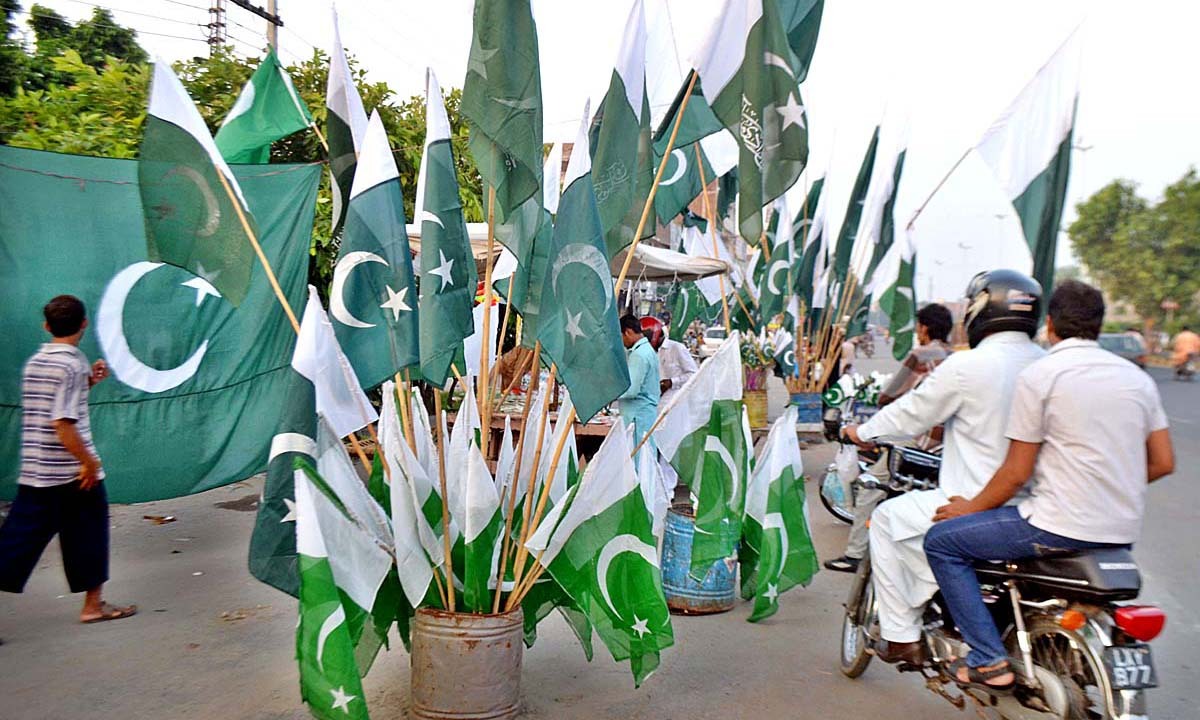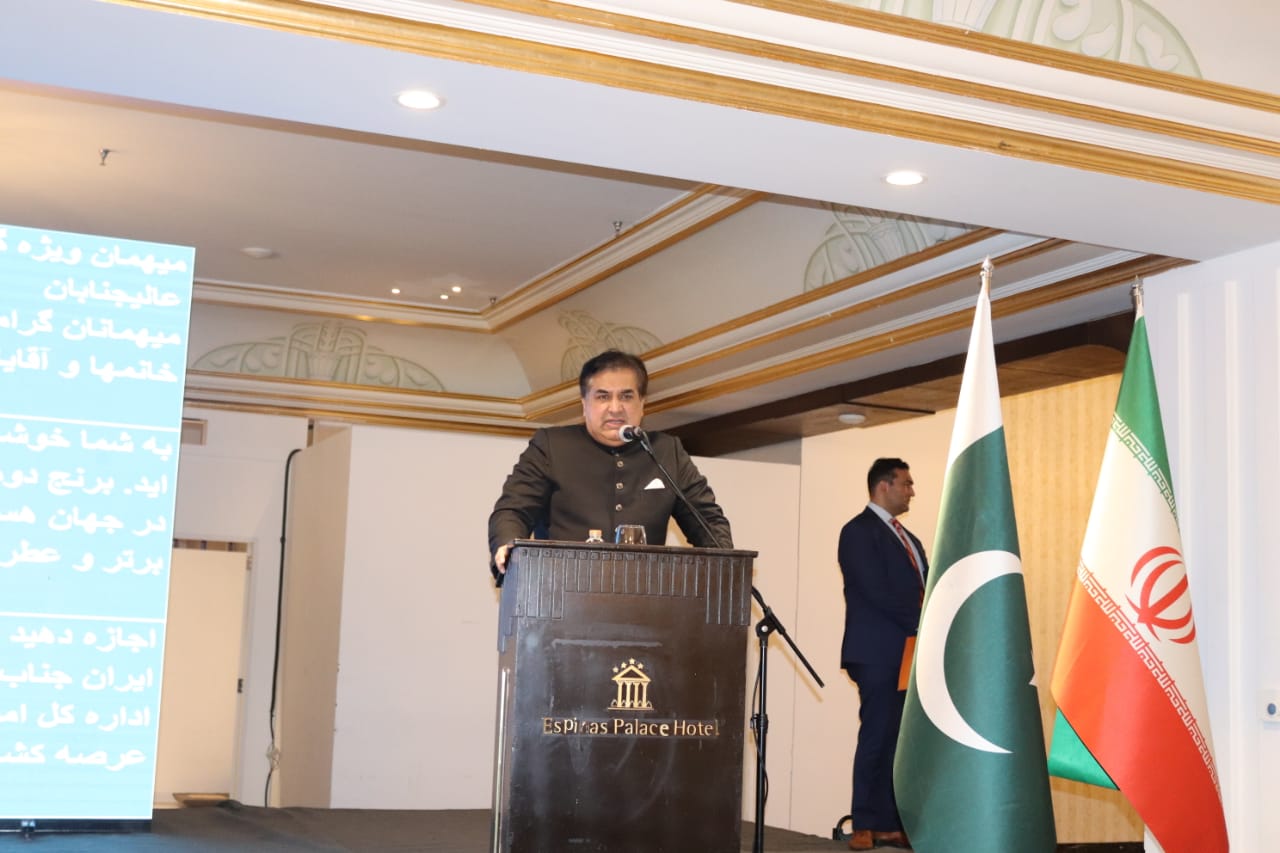On April 29, 2025, the Pakistan Army shot down an Indian quadcopter drone that had allegedly entered Pakistani airspace near the Line of Control (LoC) in the Bhimber district of Azad Jammu and Kashmir (AJK). This incident is being viewed as a serious breach of Pakistan’s sovereignty amid heightened military alertness following the April 22 attack in Pahalgam, Indian-administered Kashmir.
Drone Interception in Bhimber Sector
According to reports from state media, the drone was engaged and neutralized in the Manawar sector of Bhimber after it reportedly crossed the LoC to conduct aerial surveillance. Security sources confirmed that the drone was a tactical reconnaissance platform, and its presence was immediately detected and responded to by ground units.
This incident underscores continued aerial surveillance attempts along the LoC. Previous years have seen similar incidents where Indian quadcopters have been shot down in Pakistani territory, typically along sensitive sectors known for frequent ceasefire violations and infiltration allegations.
Broader Military Context
This drone incursion comes against the backdrop of renewed ceasefire violations across the LoC. For five consecutive nights leading up to April 29, Indian and Pakistani troops reportedly exchanged fire in several sectors. The Indian military stated that exchanges occurred in areas opposite Kupwara, Baramulla, and Akhnoor districts. Pakistan has not issued formal confirmation of these reports.
The relative calm achieved after the 2021 reaffirmation of the 2003 ceasefire agreement appears to be eroding. Analysts point to the growing frequency of such aerial surveillance and cross-border skirmishes as indicators of rising military tensions.
Fallout from the Pahalgam Attack
Tensions were already high following the April 22 terrorist attack in Pahalgam, which left 26 people dead, including civilians and tourists. Although a message initially claiming responsibility was attributed to a group known as The Resistance Front, a subsequent statement denied involvement. India has implied that the attackers may have had cross-border support, but has not presented concrete evidence.
Pakistan has categorically denied any involvement in the attack. Prime Minister Shehbaz Sharif has urged for an independent, neutral investigation into the incident to prevent baseless accusations and escalation.
Official Statements and Readiness Posture
In response to the drone incident, security officials termed the downing a “testimony to the vigilance and professional capabilities of the Pakistan Army.” The message was echoed in state-run broadcasts, which stated that the military remains alert to any potential threats or intrusions.
Pakistan’s Defence Minister Khawaja Asif, in a series of recent media appearances, stated that the armed forces were on high alert and that “some strategic decisions” had been taken due to signs of imminent Indian aggression. He further warned of a possible confrontation, describing the next few days as “crucial” in terms of national security.
Strategic and Diplomatic Implications
The incident highlights the fragile state of India-Pakistan relations, especially concerning the LoC and Kashmir region. The deployment of drones for intelligence-gathering purposes is not new, but each incident raises the risk of miscalculation. In the absence of diplomatic engagement or crisis communication channels, such violations increase the probability of escalation.
The use of small quadcopters or surveillance drones can be part of standard military observation procedures. However, their crossing into contested airspace is viewed by the other side as a provocation. In heavily militarized zones like Kashmir, even small violations can trigger disproportionate responses.
Calls for military action have also emerged from within India, particularly from hardline political figures who view retaliatory measures as necessary after the Pahalgam attack. Such rhetoric increases pressure on the Indian government to demonstrate resolve, while simultaneously hardening Pakistan’s defensive posture.
Urgency for De-Escalation Mechanisms
The destruction of an Indian surveillance drone in Pakistani territory is not an isolated event but part of a larger pattern of surveillance and military posturing in the Kashmir region. It illustrates the need for renewed dialogue, robust military-to-military communication protocols, and third-party facilitation to prevent further deterioration.
Given the volatility of the region and the high stakes involved, both sides must recognize that even small incidents—such as the intrusion of a tactical drone—can have strategic consequences. Preventive diplomacy, fact-based investigation, and responsible leadership are essential to managing the current crisis and avoiding a repeat of the confrontations seen in past years.
Related stories:
India Blocks 16 Pakistani YouTube Channels
India Orders Pakistani Nationals to Leave Within 48 Hours as Attari-Wagah Border Closes
Pakistan Shuts Airspace for Indian Flights, Suspends Trade, Cancels Visas
















